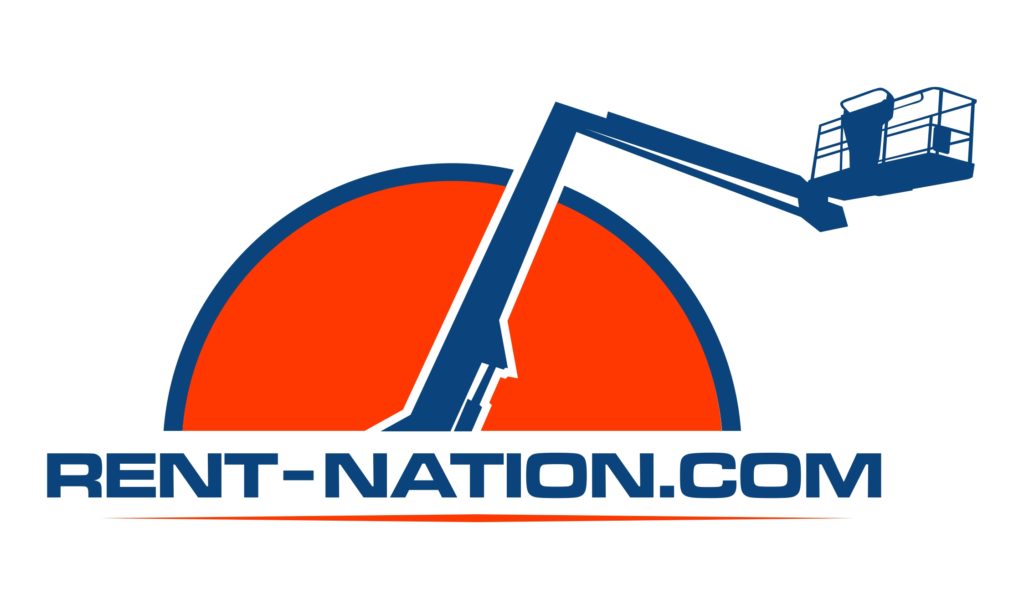A scissor lift is a piece of equipment that helps shift site project members and other upward tools. You can use scissor lifts to conduct tasks that would necessitate the use of ladders and other support materials such as scaffolding.
Scissor lifts help site project members carry out jobs effectively and efficiently. The central or critical value that scissor lifts provide is how they help firms minimize potential injuries that would stem from ladders and traditional vertical movement supporting materials. Yet another crucial aspect of these materials is that these scissor lifts can mitigate time and improve efficiency.
These equipment pieces don’t require arduous setup processes and enable individuals to conduct a compelling job by shaving time on many tasks. As you can see, cost savings, speed, and efficiency make scissor lifts a must-have for many different work environments.
It is essential to note here that one can reduce falls and injuries, but fall eradication will still take time. Thanks to safety harness attachments and overall stability, you can be sure to minimize injuries substantially. Its superior safety helps to preserve human capital and add significant value to your job.
A few people can confuse scissor lifts because they can hear other names and not realize that they are referring to a scissor lift. These different names include; flexible work platform and an elevated task platform.
You will notice that the lift consists of steel, will have a platform and a railing. It is known as a scissor lift due to how the struts interact and move in a scissor-like manner. Of course, professionals understand that this is a pantograph combined with hydraulic systems to bring about lifting processes.
A great many of these machines will reach over ten feet with maximums of around sixty feet. But there scissor lifts that can extend even more if necessary. Indeed, they can even move horizontally at specific heights. Yet many professionals will resort to horizontal movement in some cases as this is dangerous. They try to minimize potential risks by straying away from risky behavior.
The scissor lift holds immense value because it can carry significant weight and provide enough space for work-related tasks. They bring about an additional benefit with the fact that they are compact when compressed. You can store these in many areas without taking on extra costs for storage space.
Scissor lifts have many different fuel sources. These fuel sources range from gas to batteries.
